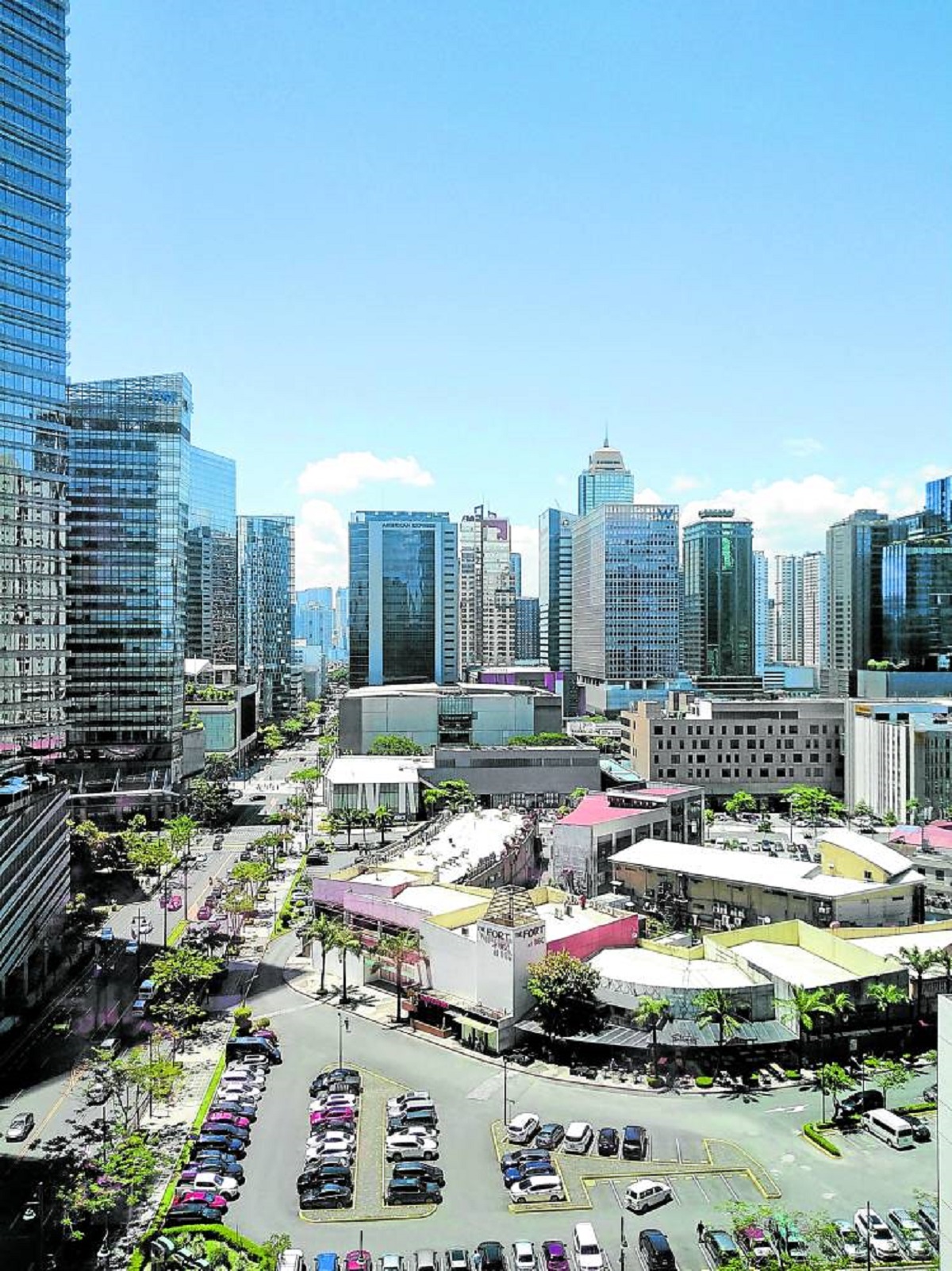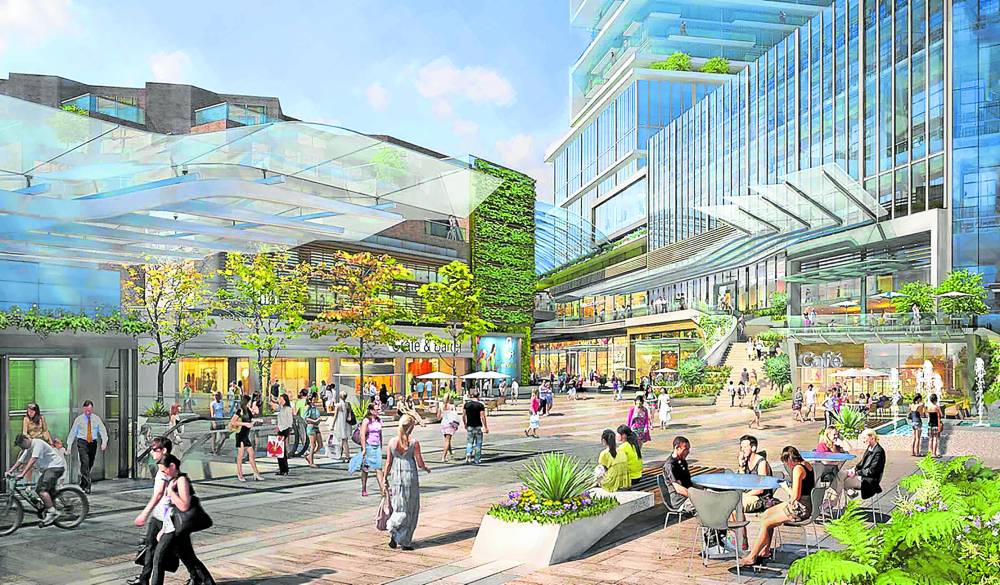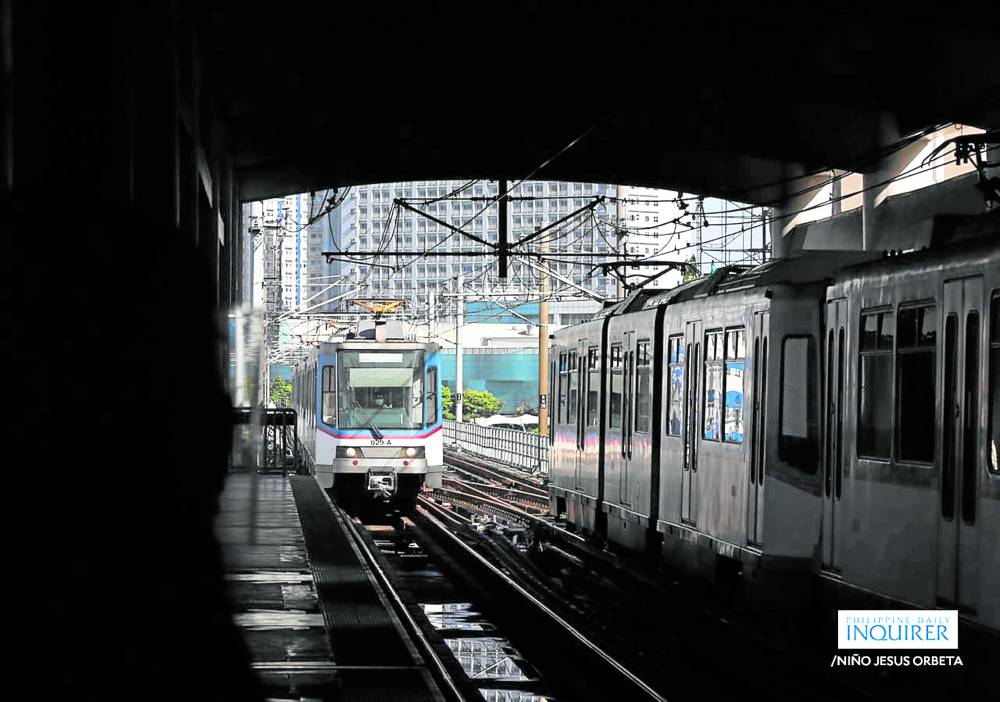Building smarter, greener, and more livable cities

Mixed-use developments offer a pragmatic approach to optimizing land use and revitalizing
cities. (JESON CABILIC VIA PEXELS)
Cities serve as hubs for public services, business, science, culture, and education. They are often at the forefront of innovation, where new ideas and solutions emerge to address challenges.
However, cities also face complex social, economic, environmental, and spatial issues. These include urban planning, transport systems, water and sanitation, waste management, disaster risk reduction, and public health, all of which are crucial for the continued growth of cities.
It is precisely because cities consume majority of the world’s resources and house most of the global population that the need to make them sustainable and livable should be prioritized.
In response to these challenges, the Asian Development Bank (ADB) identified five key elements for creating livable cities and securing a sustainable urban future.
Smart and inclusive planning
According to ADB, long term, holistic, participatory, and flexible urban planning is the key to livable cities.
Planning for cities that are smart and inclusive can make them more people-centered, helping improve access to quality urban services for citizens, businesses, and governments.
Affordable housing is also important to the success of cities as this means people are not only able to live in healthy conditions, but also have access to public services and opportunities.
Another aspect to smart and inclusive planning are mixed-use developments, which have become a viable solution to contemporary urban challenges, particularly the housing crisis.
By integrating residential, commercial, cultural, and green spaces into cohesive urban environments, mixed-use developments offer a pragmatic approach to optimizing land use and revitalizing cities. They also promote physical activity and relaxation while improving mental and physical health. Proximity to healthcare facilities and opportunities for social interaction further enhance well-being, creating more cohesive and healthier communities.
Mixed-use developments also contribute to housing affordability by integrating diverse housing types even within a single project, yet careful planning is still needed to balance affordability, accessibility, and demand.

A successful city needs innovation to achieve its goals of liva- bility. (HTTPS://WWW.STANTEC.COM)
Sustainable transport
Livable cities are characterized by efficient transport networks.
Increased investment in public transport to enhance mobility; improved sector governance to increase efficiency; managing demand to tackle congestion; taking advantage of new technologies to provide sustainable alternatives; and improving road safety to reduce the currently unacceptable toll on lives and livelihoods are all crucial for livable cities.
These goals can be achieved by adopting electric vehicles for public and commercial transport, alongside planning, designing, and implementing intelligent transport systems. Additionally, promoting mobility-as-a-service—through enhancements in car-sharing, bike-sharing, on-demand transport, and ride-hailing—can significantly contribute to sustainable urban mobility.
Sustainable energy
According to ADB, cities consume approximately 70 percent of global energy production. Developing sustainable energy systems in cities can thus have far-reaching benefits for societies.
A wide range of technological options—including renewable technologies, energy efficient solutions, e-mobility, and smart street lighting systems—are available for the transition to clean and low-carbon urban energy systems.
Urban microgrids also offer a promising solution for
enhancing urban energy flexibility, efficiency, and resilience. These localized networks, consisting of interconnected loads and distributed energy resources within defined electrical boundaries—such as cities—operate as a unified, controllable entity within the broader regional or national electric grid.
Adapting a circular economy likewise promotes
sustainability in energy since it promotes the goals of optimizing the use of resources, minimizing waste generation, and keeping resources in use for as long as possible.

Livable cities provide efficient transport networks.
Financial innovation
Improved finances are important in the sustainable development of cities.
While governments have traditionally provided most of the financing for infrastructure in cities, the private sector has also assumed an increasingly important role. A more recent trend is “crowdfunding”, which raises capital from local residents through small-scale share offerings to finance the building of parks, stadiums, and other public facilities.
Resilience and rejuvenation
The pandemic highlighted the need to enhance urban resilience against natural disasters and climate change. Nature-based solutions, such as green infrastructure, which integrates vegetation, soils, and natural materials, play a crucial role in managing water, temperature, and air quality—
creating healthier and more resilient urban environments.
As an example, modern townships prioritize self-sufficiency, sustainability, and community by integrating green spaces, recreational facilities, and efficient transport infrastructure in one central location, enhancing livability and environmental quality.

Sustainable urban development is multi-dimensional. (HTTPS:// UNIVERSIDADEUROPEA.COM)
Multi-dimensional
Sustainable urban development is multi-dimensional. But ultimately, a successful city cannot operate in isolation. It needs innovation, collaboration, and the right objectives to achieve its goals of livability.
While there is no universal definition of what a livable city is, it should be able to provide living conditions that promote the health, security, access, and inclusivity of its citizens and communities.
Sources: Inquirer Archives, adb.org, urban-initiative.eu, blogs.worldbank.org, unhabitat.org, uncclearn.org, massivefoundation.org